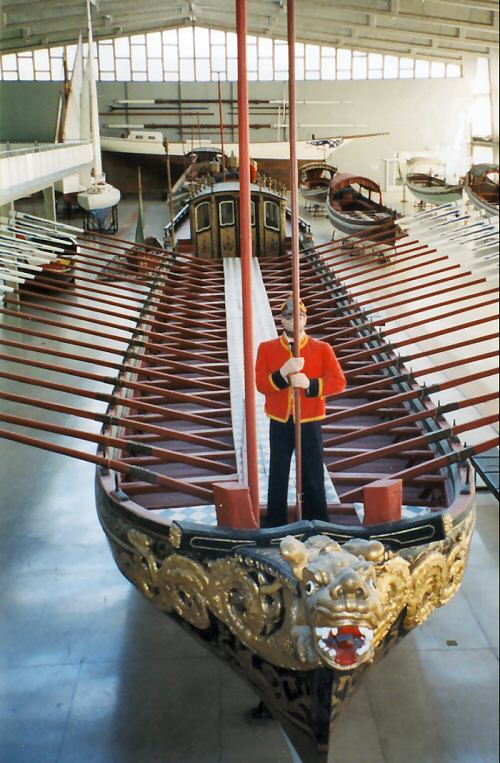Located in Belém, Lisbon in an surrounding are closely
linked to the Portuguese Discoveries,
the Maritime Museum
tells the history of the relationship between Portugal
It all started in 1863 when D.Luís I, the only Portuguese monarch to
command a ship, an Oceanography enthusiast , decided to legislate the creation
of a collection of testimonies related to maritime activity in Portugal
In 1934 , the works were beginning
construction the building , where is now the Museum , at the Jerónimos
Monastery . In 1948 Henrique Maufroy de Seixas donates in testament to his most
valuable private collection , becoming the Maritime Museum
 With the creation of all the legal tools in
1959 has begun the installation of the museum as we know it today , in the west
and north wing of the Jerónimos Monastery .
With the creation of all the legal tools in
1959 has begun the installation of the museum as we know it today , in the west
and north wing of the Jerónimos Monastery .
The
Collection
The vast collection of the Museum of Marine
embraces the whole history of navigation in Portugal South Atlantic in 1922 , made by Gago Coutinho and Sacadura Cabral
Accessibility
 Being the primary mission of the Maritime
Being the primary mission of the Maritime
Source
:
Contacts
Praça do Império, 1400-206 Lisboa | |||
GPS
location
38°41'49.20"N
9°12'29.03"W
Related
Videos

